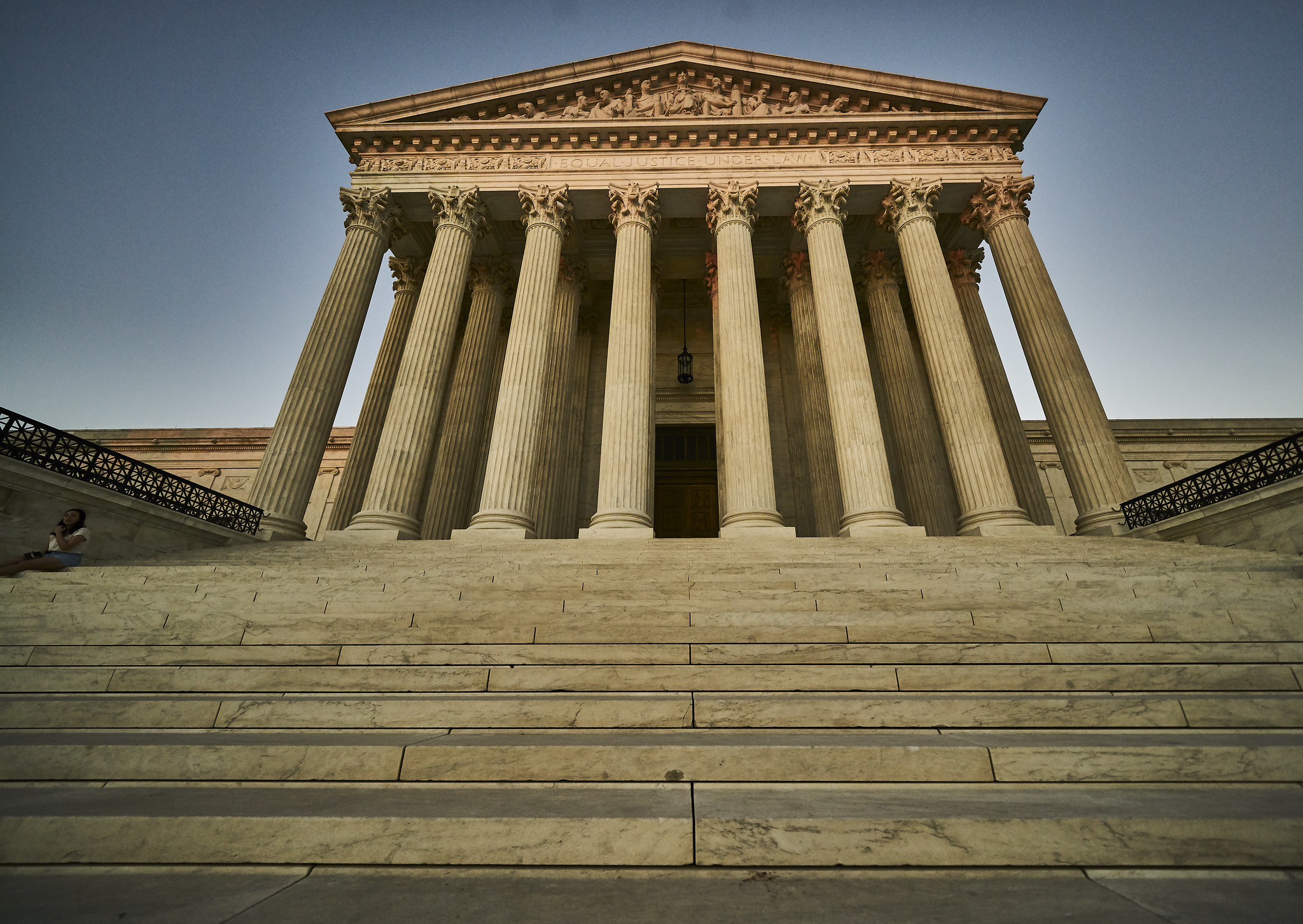Ask any 10 journalists to name the most important First Amendment decision ever handed down by the U.S. Supreme Court, and at least nine of them will say New York Times Co. vs. Sullivan.
If your media law class was long enough ago that you no longer remember the details, the case involved a local official in Alabama who sued the Times over a 1964 ad in the paper that took Alabama authorities to task over civil rights abuses. The ad, headlined “Heed Their Rising Voices,” was signed by dozens of prominent civil rights activists. It accused Alabama officials of violating the Constitutional rights of civil rights protestors.

L.B. Sullivan, a local official, sued the Times, arguing he was defamed by the encompassing statement aimed at ostensibly all government officials in the state. The Supreme Court ruled that in order to win a defamation suit, public officials had to prove “actual malice” was in play. That is, the Court said, that the press acted with “knowledge of falsity” or “reckless disregard for the truth.”
The actual malice standard became the bellwether for media outlets over the next 50 years, particularly after subsequent rulings expanded the test beyond public officials, applying it to all “public figures” and in some circumstances even so-called “limited public figures.”
But now, with the Court firmly in the hands of its more conservative members, the tide may be turning on Sullivan. At least two members of the nine-member body have questioned whether the actual malice standard as applied to mere public figures (as opposed to public officials) should stand.
Justice Clarence Thomas, long known for lone-wolf dissents that call for sweeping changes to established precedents, has several times questioned the application of the actual malice standard to mere public figures – those non-governmental actors who may just happen to be household names for various reasons. In 2019, he specifically called for reconsidering Sullivan and the public figure standard in a case involving one of Bill Cosby’s accusers, who alleged that Cosby’s lawyers defamed her by releasing misleading information about her background via the internet.
In McKee vs. Cosby, the Court found that a lower court’s ruling finding Katherine Mae McKee to be a limited purpose public figure would stand. Thomas wrote a concurrence with the judgment based on existing law, but used it to expand on his argument that the actual malice standard was nearly impossible for plaintiffs to meet, even as some were genuinely harmed by the spread of misinformation about them. He called for revisiting the application of actual malice to public figures. Still, few media law scholars took notice because Thomas seemed to be alone in his desire to tinker with Sullivan.
Then in July of this year, Justice Neil M. Gorsuch jumped on Thomas’ bandwagon. In dissenting from the Court’s denial of certiorari in Berisha v. Lawson, Gorsuch wrote that the internet had changed the defamation landscape since Sullivan and its progeny were decided in the last century.
“Rules intended to insure a robust debate over actions taken by high public officials carrying out the public’s business increasingly seem to leave even ordinary Americans without recourse for grievous defamation,” wrote Gorsuch. “Thanks to revolutions in technology, today virtually anyone in this country can publish virtually anything for immediate consumption virtually anywhere in the world.”
The debate is making its way into legal academia as well. Gorsuch’s dissent relied heavily on a law review article by David A. Logan, a law professor at Roger Williams University in Rhode Island. The article’s opening line: “Our democracy is in trouble, awash in an unprecedented number of lies.”
In an era where most people get their news on the internet, and pundits and politicians love to raise the specter of “fake news,” many ordinary people seem to have a hard time distinguishing high-standard, reported journalism from the ramblings of random conspiracy theorists. As a result, people made famous even for the proverbial fifteen minutes may find themselves in the eye of a storm of mischaracterizations that ruins their reputations, livelihoods and relationships. At times, merely attempting to defend themselves online can cause courts to find the aggrieved has “stepped into the controversy” in such a way as to become a limited public figure, severely limiting their legal recourse.
Whether the Supreme Court decides in the coming years to modify the Sullivan line of cases in an attempt to address these issues remains to be seen. But the immense harm ill-conceived tinkering could do to current First Amendment protections is an issue that will undoubtedly be on the minds of media scholars and journalists for the foreseeable future.
Meg Tebo is an attorney, writer and editor who taught media law in Chicago.
